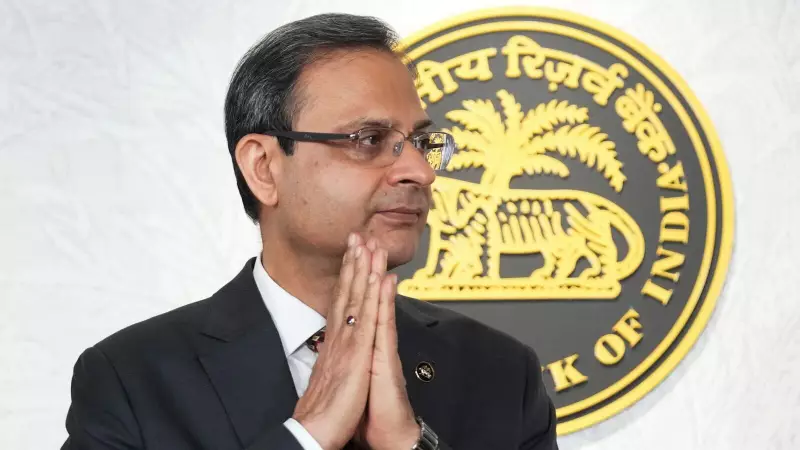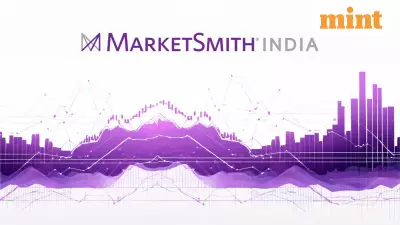
India's economy witnessed a historic moment as retail inflation plummeted to an unprecedented low of 0.25% during October 2025, creating significant ripples across financial markets and policy circles. This remarkable decline marks the lowest inflation reading in contemporary Indian economic history.
What Drove The Historic Inflation Drop?
The dramatic fall in consumer price index (CPI) inflation can be attributed to three primary factors working in tandem. The favorable base effect from previous years created a statistical advantage, while continued easing in food prices provided substantial downward pressure. Additionally, the recent GST rate cuts implemented by the government contributed significantly to cooling price pressures across multiple sectors.
While the overall inflation picture appears rosy, the underlying data reveals some complexity. The food category experienced accelerated deflationary momentum, but this was partially offset by core inflation remaining elevated at 4.4%, primarily driven by a sharp rally in gold prices. Core inflation excludes volatile food and fuel components, providing a clearer view of underlying price trends.
The RBI's Policy Dilemma Intensifies
The record-low inflation print has ignited fresh debate about the Reserve Bank of India's next moves. With inflation now comfortably below the RBI's 4% medium-term target, the macroeconomic environment appears conducive for monetary easing. However, the central bank faces a complex balancing act.
The Monetary Policy Committee (MPC), led by RBI Governor Sanjay Malhotra, maintained a dovish pause in their October meeting, keeping the repo rate unchanged at 5.50% while retaining a neutral stance. This decision reflected confidence in India's growth trajectory, with the RBI having raised its FY26 GDP forecast previously.
Market indicators already suggest anticipation of policy changes. Benchmark 10-year government bond yields have eased by 4 basis points to 6.52% since November began, signaling investor expectations of imminent rate cuts. The global context also appears favorable, with the US Federal Reserve and other major central banks adopting more dovish postures.
Economists Divided On Rate Cut Timing
The economic community remains split on the appropriate timing and extent of monetary easing. Madhavi Arora, Lead Economist at Emkay Global Financial Services, argues that the RBI's focus on one-year-ahead inflation expectations might be misplaced given the consistent undershooting of actual inflation.
"Arora estimates FY26 headline CPI below 2%, which could support the case for a December rate-cut and beyond," depending on how the tariff scenario evolves, she noted.
In contrast, Indranil Pan, Chief Economist at Yes Bank, advocates for caution. "Credit growth has recently been on the rise and is also now higher than deposit growth. Any further cut in the repo rate carries the risks of putting pressure on banks to reduce deposit rates further, that could hurt domestic savings," he warned.
Hitesh Suvarna of JM Financial represents a middle ground, expecting a dovish tone from the RBI in December rather than an immediate rate cut. He noted that while the Fed's pivot and weakening dollar create policy space for RBI easing, the central bank is likely to move tactically given resilient growth indicators.
Balancing Growth And Financial Stability
The RBI's challenge lies in navigating between supporting economic growth and maintaining financial stability. Historical experience with policy transmission adds another layer of complexity—past rate cuts haven't always translated effectively into lower borrowing costs across the economy.
Revised data shows that CPI inflation for September 2025 has been adjusted downward, possibly reflecting some early impact of GST reductions. Economists now project FY26 inflation at approximately 2%, nearly 50 basis points below the RBI's own projection of 2.6%.
As the December 3-5 MPC meeting approaches, all eyes will be on how the central bank interprets these conflicting signals. If inflation continues to undershoot projections while growth momentum holds, a carefully calibrated rate cut in December could potentially mark the beginning of a new monetary easing cycle for India.





